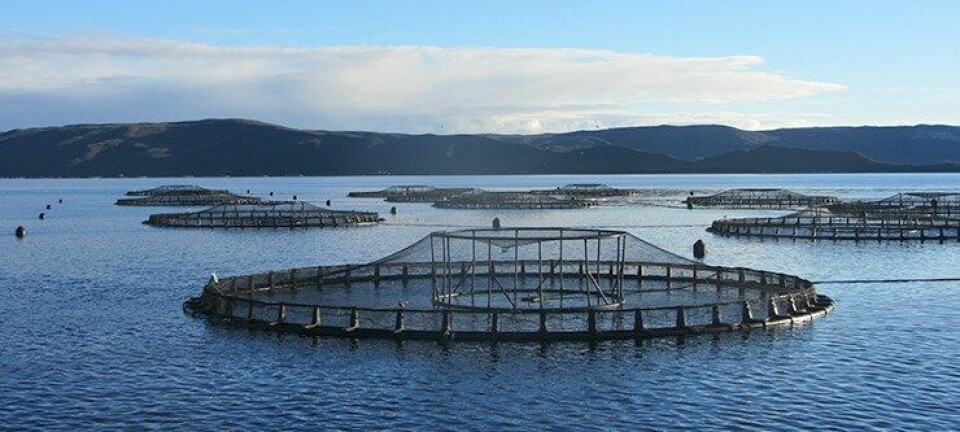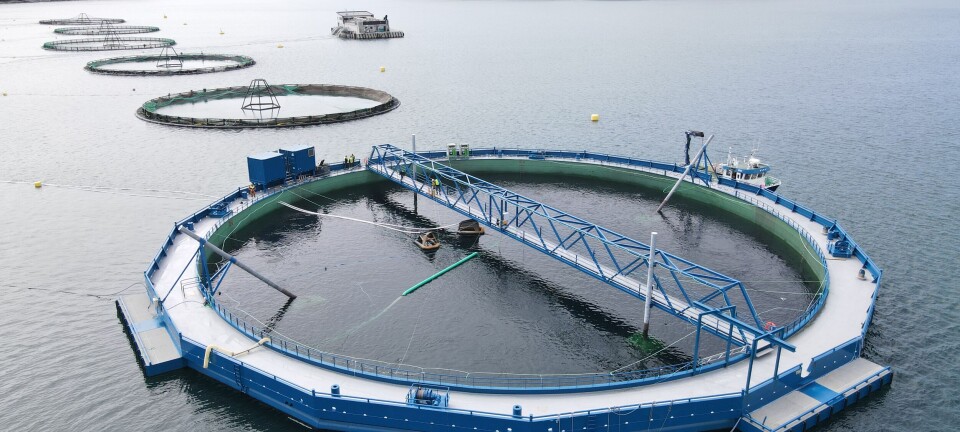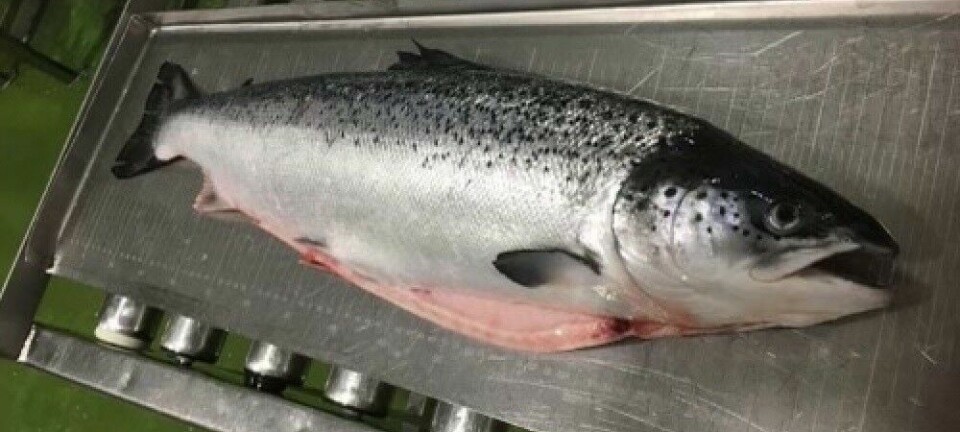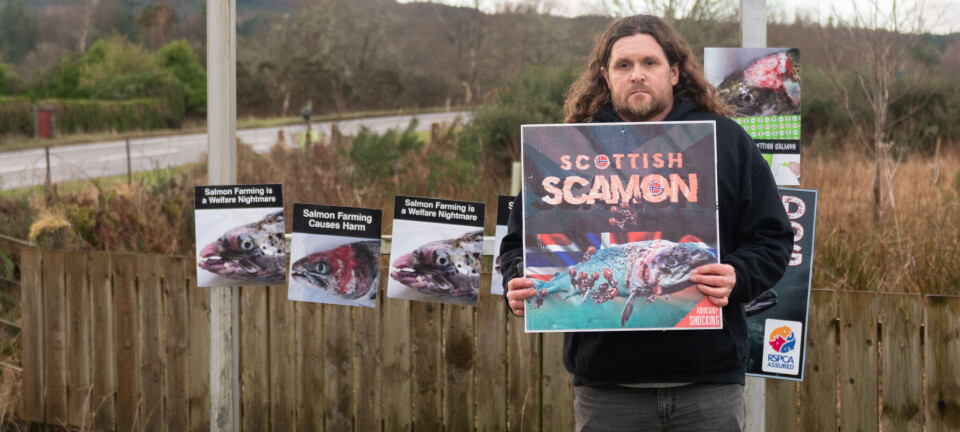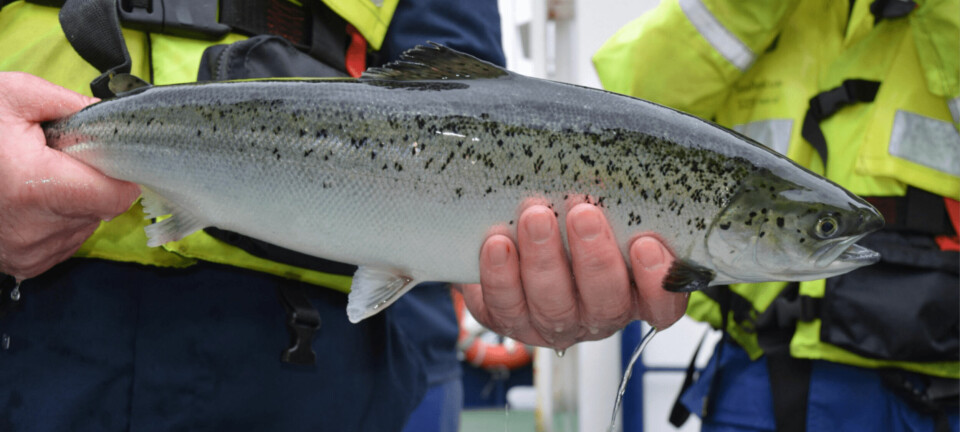
Claims that salmon farms threaten skate are 'thin', says professor
Report author highlights 'weaponisation' of endangered species in Tasmania
Claims linking salmon farms to the potential extinction of the Maugean skate in Macquarie Harbour, Tasmania, have been dismissed as “questionable” and “thin”, with a report suggesting the species was “weaponised” by activists.
The paper by University of Tasmania professor emeritus of government Aynsley Kellow argues there is “no certainty” the Maugean skate – which is now found only in Macquarie Harbour - was not already at risk of extinction before salmon farms were introduced to the harbour.
“It is not clear that aquaculture and the skate cannot coexist, and even if salmon farming in Macquarie Harbour were to be prohibited, that would not guarantee the survival of a species with highly limited population numbers and habitat,” Kellow concludes.
The report – Skating over thin evidence: The weaponisation of endangered species laws in the Tasmanian salmon wars – points to recent surveys suggesting the skate has recovered to levels not seen in a decade.
As well, it says the same ancient stingray-like species became extinct in another Tasmanian waterway – Bathurst Harbour – where there were virtually no human impacts, much less fish farms.
Survival 'not clear'
“So it is not clear that ceasing salmon farming in Macquarie Harbour would ensure its survival there,” his report, published by the free market public policy think tank,S the Institute of Public Affairs (IPA), concludes.
A long-running political and legal row over salmon farming in Macquarie Harbour has placed many jobs at risk in the Tasmanian town of Strahan.
The Labour federal government's Prime Minister Anthony Albanese recently pushed through a measure that ends re-examination of a decision to allow fish farming expansion in the harbour. But that measure is already being challenged in court by environmental activist group, the Bob Brown Foundation.
Green groups' privileges
In the foreword to Kellow’s report, IPA research director Morgan Begg explains that green groups enjoy a variety of legal privileges to challenge administrative decisions made under the Environment Protection and Biodiversity Conservation Act 1999 (EPBC Act).
Using these privileges, between June and November 2023 the Bob Brown Foundation, the Australia Institute, and the Environmental Defenders Office made requests for a reconsideration the 2012 decision to allow expansion of salmon farming without further assessment.
They claimed the expansion put the Maugean skate at risk, something Kellow challenges in the report.
2% of harbour
Kellow is a foundation professor of the Australian School of Environmental Studies at Griffith University and former expert reviewer for the impacts, adaptation and vulnerability working group of the United Nations Intergovernmental Panel on Climate Change.
In the report, he writes that the aquaculture industry emphasises that its activities “occupy a mere 2 per cent of Macquarie Harbour”.
“The harbour has continuing issues with oxygenation, ironically because of occasional storms pushing in oxygenated water which has the effect of displacing upwards water that is relatively deoxygenated. This impacts aquaculture - perhaps even more than the skate, and it has taken some time to fine-tune stocking levels,” writes Kellow.
“The Maugean skate has a marginal existence, with considerable uncertainty over its numbers, but it has made a useful weapon for the opponents of salmon farming, who commenced their campaigns largely outside Macquarie Harbour, with concerns other than the survival of the skate.”
Kellow's Law
Kellow writes that in a Brisbane Club Lecture in 2008 he proposed Kellow’s Law of Endangered Species: that sightings of endangered species are clustered around the sites of proposed developments.
“This, I suggested, reflects both the cynical use of endangered species for political purposes, and partly the more genuine fact that research for environmental assessments frequently finds species not known to be there because the site had never previously been surveyed.”
He cites various examples, primarily in the United States, where the apparent discovery of endangered species had been used to halt developments. These included the “rediscovery” of the Ivory-billed Woodpecker, long thought extinct, with a possible sighting 14 miles from the Army Corps of Engineers’ $320 million Grand Prairie irrigation project, which proved “close enough for a US federal judge to stop work on the project in 2006”.
